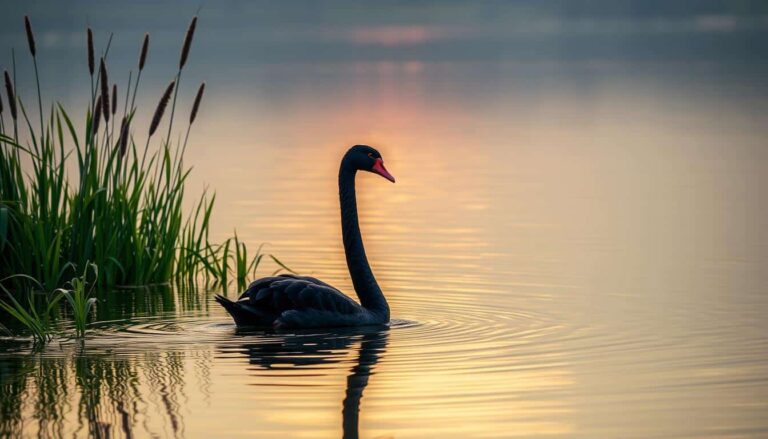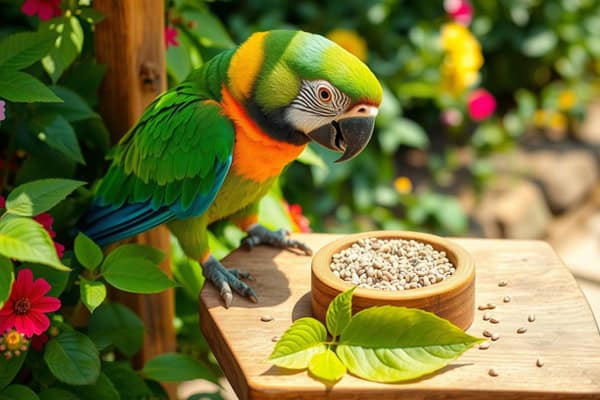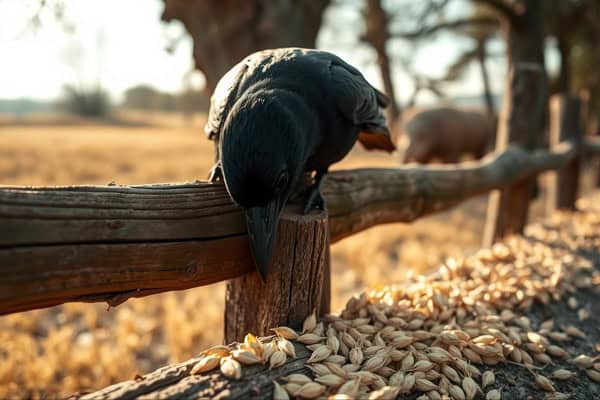Types of Blue Colored Birds (With Pictures)
Did you know blue-colored birds are rare? Less than 10% of birds have blue feathers. This makes these birds very special. We’ll look at different types of blue birds, focusing on those in Washington State.
We’ll use pictures and descriptions to help us understand and appreciate these birds better.
Let’s explore how to identify, where they live, and what they do. We’ll see an amazing variety of blue birds in our skies. This guide will help us spot these beautiful birds in the wild.
Introduction to Blue Colored Birds
Blue colored birds catch our eye with their bright colors and unique traits. In our introduction to blue birds, we look at different blue bird species. These birds add beauty to our world and play important roles in nature.
These species are key to the bird world. They help attract mates and signal changes in their homes. Watching them during migrations is a treat, showing off their bright colors.
Learning about the many blue bird species deepens our love for nature. By valuing their roles, we connect more with the world around us. These birds bring energy and beauty into our lives.
1. Indigo Bunting
- Scientific Name: Passerina cyanea
- Size: 11–12.5 cm (4.3–4.9 in)
- Weight: 11–20 g (0.39–0.71 oz)
- Lifespan: 3–6 years
- Diet: Seeds, fruits, and insects
The Indigo Bunting is a small bird with stunning blue feathers. It’s a favorite among bird watchers. Known as Passerina cyanea, it shows clear differences between males and females. Males have bright blue feathers in the breeding season, while females have more subdued brown colors.
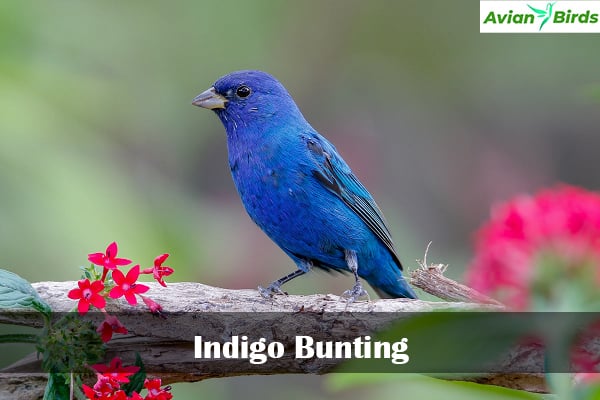
Description and Identification
In the breeding season, the male Indigo Bunting stands out with its bright blue feathers and small, stout bill. Females are less colorful but blend well with their surroundings. Learning to spot these differences makes bird-watching more exciting.
Habitat and Distribution
Indigo Buntings live in open woodlands, shrubs, and field edges. Also, They breed in the eastern United States and parts of Canada. In winter, they move to Central America. This shows how human actions affect their migration and survival.
| Region | Breeding Habitat | Wintering Grounds |
|---|---|---|
| Eastern United States | Open woodlands, shrubby areas | Central America |
| Parts of Canada | Edges of fields | Southwestern United States |
2. Eastern Bluebird
- Scientific Name: Sialia sialis
- Size: 16–21 cm (6.3–8.3 in)
- Weight: 70–100 g (2.5–3.5 oz)
- Lifespan: 6–10 years
- Diet: Insects, fruits, and berries
The Eastern Bluebird is a beautiful bird, known for its bright colors and fun behaviors. We easily spot this small bird by its bright blue back and warm orange breast. During mating season, males show off their bright colors to attract mates and claim territories. Sadly, their homes are being destroyed by cities, which hurts their numbers. Yet, they still live in open fields and orchards.
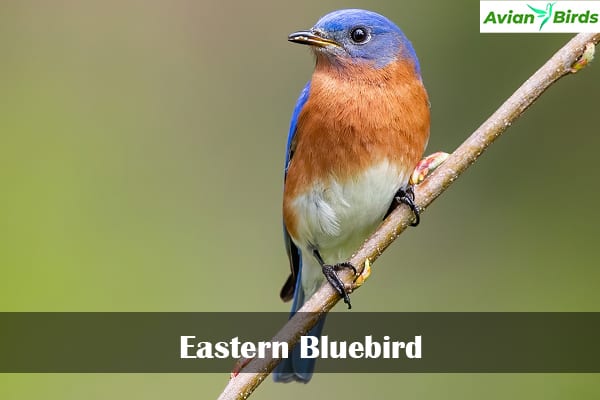
Physical Characteristics
The Eastern Bluebird’s looks are striking. Males have a deep blue color, while females are mostly grayish-brown with a touch of blue. Here’s a table that highlights their main physical traits:
| Characteristic | Male | Female |
|---|---|---|
| Back Color | Vivid Blue | Grayish-Brown |
| Breast Color | Rust-Orange | Faint Rust |
| Size | Approx. 6.5-8 inches | Approx. 6.5-8 inches |
| Weight | 2.5-3.5 oz | 2-3 oz |
Nesting Habits and Behavior
Eastern Bluebirds are interesting to watch because of how they nest. They prefer old tree holes or birdhouses, which is different for thrushes. Males show off by singing and flying high to get the attention of females. Both parents work hard to feed and protect their young.
But, they face big challenges from predators and losing their homes, which can make it hard for them to nest successfully.
3. Mountain Bluebird
- Scientific Name: Sialia currucoides
- Size: 16–21 cm (6.3–8.3 in)
- Weight: 30–40 g (1.1–1.4 oz)
- Lifespan: 2–6 years
- Diet: Insects and berries
The Mountain Bluebird stands out with its bright sky-blue feathers. Also, It has unique traits that make it special. These birds live in the western United States, often in open grasslands and pine forests.
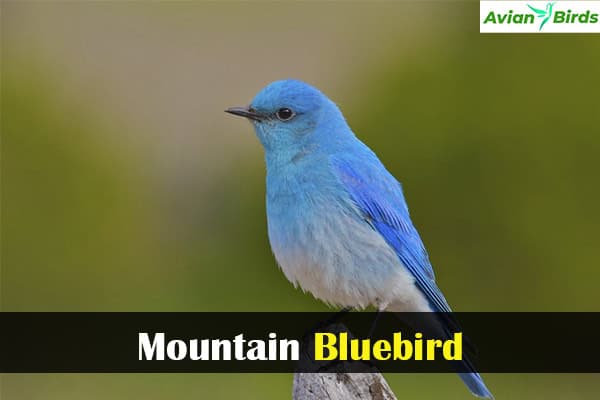
They look for shelter and food in these places. You can spot them on fence posts, waiting to catch insects. They eat small bugs and fruits, showing how adaptable they are.
During winter, they move south to find warmer places. Also, This helps them survive the cold weather.
These birds face challenges like losing their homes and changes in the environment. Knowing about their traits and where they live helps us see their importance. It shows why we need to work to save these beautiful birds.
Blue Colored Birds Found in North America
North America is home to many blue colored birds. We’ll explore where these birds live, like the Blue Jay in cities and the Tree Swallow in wetlands. Knowing where to look makes bird watching more exciting.
Regional Distribution
Blue birds live in different places across North America. Each type of bird has found its own home:
| Bird Species | Common Habitat | Geographical Range |
|---|---|---|
| Blue Jay | Forests, parks, urban areas | Eastern North America |
| Indigo Bunting | Open woods, fields | Eastern United States and Canada |
| Mountain Bluebird | Grasslands, open fields | Western United States and Canada |
| Tree Swallow | Wetlands, open fields | North America, migratory |
Bird Watching Tips
Also, Bird watching for blue birds is rewarding with the right tips:
- Go out early in the morning or late in the afternoon for the best sightings.
- Use binoculars to see birds from far away.
- Listen for their unique calls to find them in the trees.
- Choose places with different types of habitats to see more species.
Featured Blue Birds in Detail
We will explore three amazing blue birds with unique traits and behaviors. These birds play important roles in our ecosystems.
4. Blue Jay
- Scientific Name: Cyanocitta cristata
- Size: 22–30 cm (8.7–11.8 in)
- Weight: 70–100 g (2.5–3.5 oz)
- Lifespan: 7–10 years (up to 26 years in captivity)
- Diet: Nuts, seeds, fruits, and insects
The Blue Jay is known for its bright blue feathers and loud sounds. They are smart and can imitate other birds, like hawks. These birds live in groups and have complex social lives.
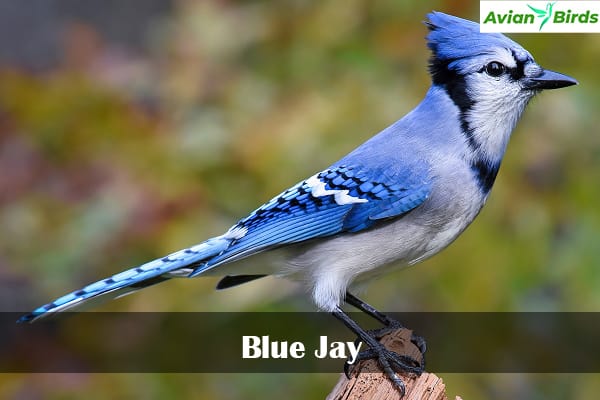
They are known for stealing food from other birds’ nests and saving it for later. This shows how adaptable and clever they are.
5. Belted Kingfisher
- Scientific Name: Megaceryle alcyon
- Size: 28–35 cm (11–14 in)
- Weight: 90–150 g (3.2–5.3 oz)
- Lifespan: 5–7 years
- Diet: Fish, amphibians, and crustaceans
The Belted Kingfisher has a blue and white look that stands out. They are great at catching fish by diving into the water. They live near rivers, lakes, and ponds, playing a key role in these ecosystems.
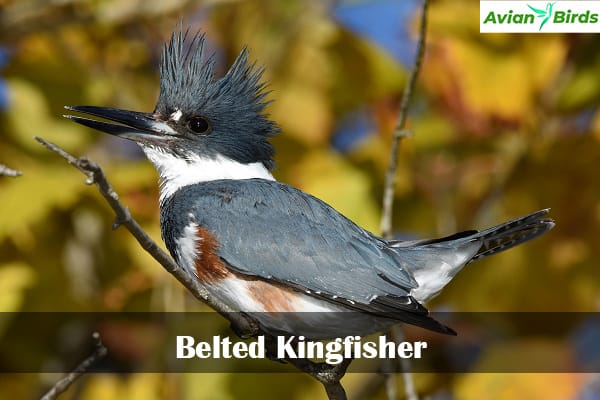
6. Blue Grosbeakp
- Scientific Name: Passerina cyanea
- Size: 13–15 cm (5.1–5.9 in)
- Weight: 25–35 g (0.88–1.23 oz)
- Lifespan: 3–6 years
- Diet: Seeds, insects, and fruits
The Blue Grosbeak is big and has a deep blue color. It’s easy to spot because of its size and strong bill. They eat seeds and bugs, living in areas with lots of plants.

They like to nest in places with lots of cover, keeping their babies safe.
| Bird Species | Key Characteristics | Typical Habitat | Feeding Habits |
|---|---|---|---|
| Blue Jay | Striking blue plumage, intelligent, social | Forests, parks, suburban areas | Seeds, nuts, insects |
| Belted Kingfisher | Blue and white plumage, skilled diver | Near freshwater bodies | Primarily fish |
| Blue Grosbeak | Rich blue color, robust body | Brushy fields, shrubby areas | Seeds, insects |
Common Habitats for Blue Colored Birds
Blue colored birds live in many different places. These places give them food and shelter, which shapes their lives and where they live. Let’s look at some of these places and what makes them special for these birds.
- Wetlands: These areas are full of food like insects and plants.
- Grasslands: These open areas are great for nesting and finding food. They also help birds see predators coming.
- Forests: Forests have lots of plants and trees for shelter and places to nest.
- Coastal Regions: The mix of land and water is perfect for many blue birds, especially those that eat aquatic insects.
Learning about these places helps us see how blue colored birds connect with their world. Each type of habitat is home to different species, showing the variety of life in these places. These birds have special ways of living and adapting to their environments.
| Habitat Type | Key Features | Typical Species |
|---|---|---|
| Wetlands | Water-rich, abundant vegetation | Blue-winged Teal, Great Blue Heron |
| Grasslands | Open fields, sparse trees | Eastern Bluebird, Blue Grosbeak |
| Forests | Dense trees, varied undergrowth | Indigo Bunting, Blue Jay |
| Coastal Regions | Mix of land and water, sandy shores | Belted Kingfisher, Pacific Loon |
By learning about where blue birds live, we understand their role in nature. We see how different places affect their behavior and life cycles. This knowledge helps us protect these important places for these birds.
Effects of Seasonal Changes on Plumage
Seasonal changes greatly affect blue birds. They go through two main molts each year, changing their feathers. These changes show their beauty and the reasons behind them.
In spring, blue birds show off bright, vivid colors. This is to attract mates and mark their territory. Their bright colors mean they are healthy and easy to see for potential mates.
When autumn comes, their colors may fade. This helps them blend in with their surroundings, keeping them safe from predators. It’s interesting to see how their feathers change with the seasons.
To sum up, blue birds’ plumage changes show how color affects their lives. We learn about their yearly lives and survival strategies by watching these changes.
Check Our More 🐦Related Articles:
| Largest Birds of Prey |
| How to Paint a Concrete Bird Bath |
| Birds With Orange Heads |
| Spiders in California |
| White Birds with Long Beaks in Florida |
Conclusion
We’ve looked into the world of blue birds and found them truly captivating. They’re not just beautiful; they’re key to our ecosystems’ health. From the Indigo Bunting to the Blue Jay, they help keep nature diverse.
Blue birds are vital to our environment. They make our landscapes richer and show us the balance in nature. We should all take time to watch and appreciate these birds in the wild. This helps us connect more with nature.
We can all help protect these amazing birds. Supporting conservation and spreading the word is important. Let’s work together to make sure blue birds continue to thrive. Let’s celebrate these birds and their role in nature!


